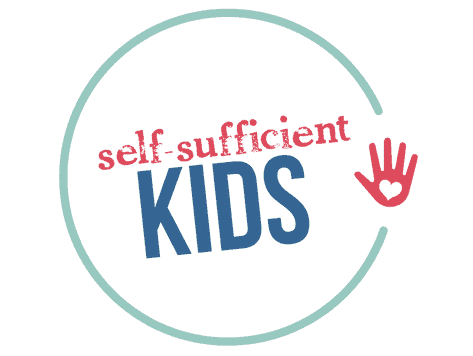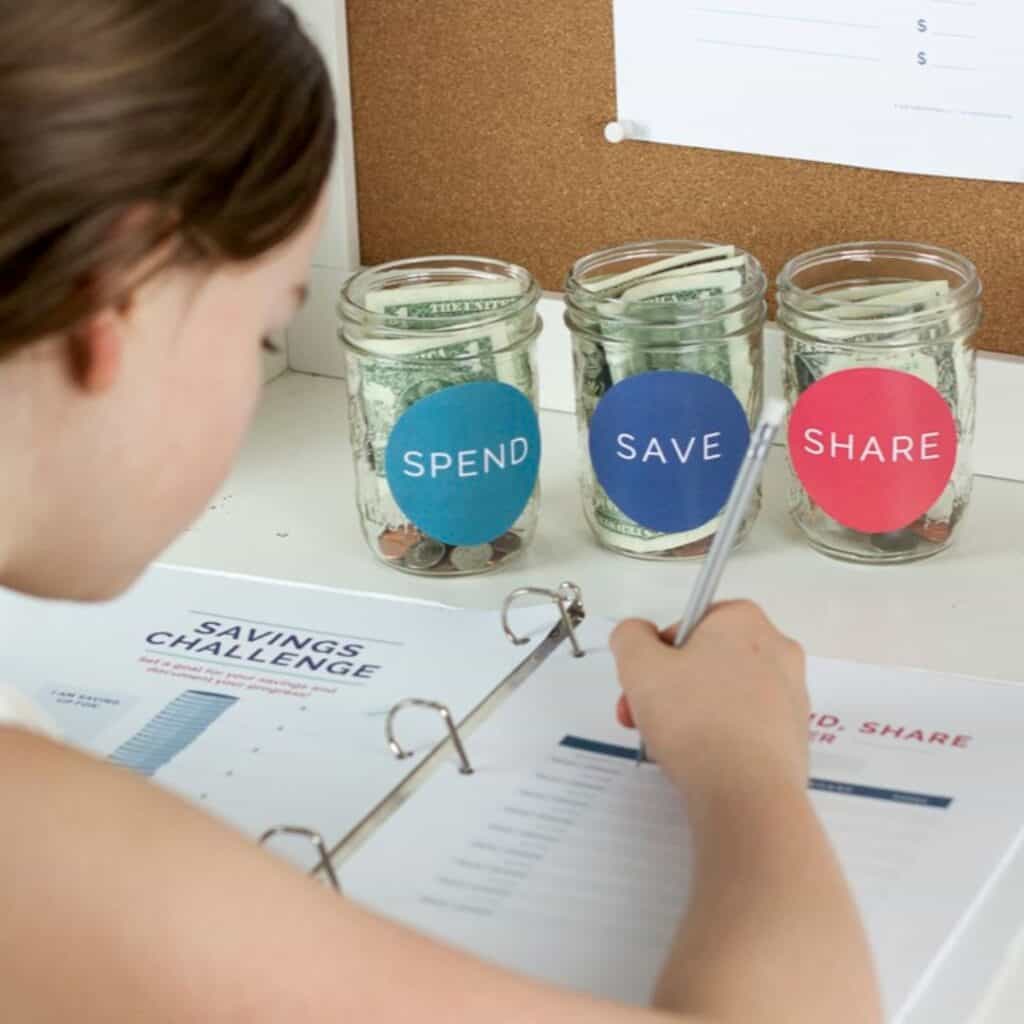5 Tips for Teaching Kids to Be Savvy Comparison Shoppers
Help kids understand what it takes to comparison shop – what’s too expensive, what’s a reasonable price – with these tips.
“Mom, look at this,” my seven-year-old said, showing me a price tag on a small stuffed dolphin. “This dolphin costs $22 but the bigger one over here is $26. That just doesn’t make sense.”
My heart filled with pride as I heard my daughter say those words.
It was our spring break and both girls had set aside money to buy a special souvenir on our vacation trip. The gift store was alive with tempting options: animals, magnets, picture frames – even one filled with sand and tiny shells.
Even though she’s only in the second grade, my daughter was setting aside her fascination with the items themselves and considering the price discrepancy between them. There was no doubt that from a price perspective, buying the smaller dolphin didn’t make sense when the larger one was only $4 more.
My daughter loves numbers, but this price sensitivity – including opinions on which prices make sense and which don’t – didn’t just happen overnight.
I’ve been making a concerted effort over the past two years to teach my girls about money – how it works, how to budget, how to save, and, ultimately, how to be a savvy shopper.
This interaction in the gift store was a nice sign of progress and made me reflect on what I’ve been doing and what I need to keep doing to further progress my daughters’ financial education.
Here are a few tips I’ve come across and been trying to incorporate into my parenting over the past few years:
Just do it
If money is an uncomfortable topic for you, snap out of it. Your kids will thank you when they’re older.
According to H & R Block, 75 percent of teens say their parents are their most important source of financial information. With only 17 states in the United States requiring high school students to take a course in personal finance, it’s unlikely your teen will be learning about money in school.
Topics you can discuss with your kids include how money works (no, it’s not just a plastic rectangle), how your family earns money, and how much things cost.
Honesty is the best policy
When shopping with your kids, be open and honest with them about what you can and can’t afford. Or even if you technically can afford something, let them know that you won’t purchase $20 colored markers when there’s perfectly good $7 ones available. Don’t skimp over specifics, talk to kids about the prices to give them a sense of what you feel is reasonable and what’s not.
I’ve found that having these open discussions with my kids has helped to set their price barometers. They now have a good sense of how much I’m willing to spend on sneakers, a bathing suit, or even a box of crackers.
I also point out how sales and discounts change my decision to purchase a particular item to let them know why in one instance I’ve made an exception.
Take your kids shopping
I know, I know…shopping with kids can be a pain. How nice it is to glide through a grocery store, in and out, without a single whine or complaint. But the truth is, kids learn a lot from shopping. They see you comparison shopping, weighing options, and paying for your items. So take them with you – as much as possible.
Let them make their own choices
The absolute best way for kids to begin to understand money and prices is if they have some of their own.
This can be done by giving kids a weekly allowance, having older kids find a job, or simply by giving them a budget to work with when making choices about after-school activities, buying clothing, or picking out a trinket during a trip.
Until kids have to make decisions about money on their own, money will continue to be an abstract concept. It’s interesting to see how kids naturally grow to be excellent comparison shoppers when their own money is on the line.
Monkey see monkey do
As much as we try to deny it, our kids are watching us for clues. That cashmere sweater you bought last winter? Your middle schooler took note. She also noticed that you chose to bring lunch with you on a day trip rather than go to a restaurant.
It’s perfectly fine to spend money the way you choose, but just recognize your kids will develop their sense of the appropriate ways to spend money through watching you.
The end game
Seeing my daughter comparison shop, and then ultimately decide to buy a smaller $5 keychain, was affirming. It was proof that the lessons and messages I’ve been trying to teach are getting through.
In the big scheme of things, her discovery in the gift store was minor. But maybe one day when my daughter is an adult, these little lessons in savvy shopping will mean saving thousands on a car or being able to comparison shop for the right mortgage.
A parent can only hope.
The Kids Money Management Toolkit has everything you need (except money!) to begin giving your kids an allowance. In addition to guidance and advice, you’ll also receive Save, Spend, and Share jar labels, a Kids Money Ledger, a Savings Challenge Sheet, a Jobs-for-Hire Sheet, and a Kids Allowance Contract. Click here to learn more.
You may also like:
Kids Won’t Understand Money Until You Do This
One Brilliant Thing My Parents Did That Turned me Into a Money-Savvy Adult
This One Skill Could Make or Break Your Child’s Adulthood – And You Can Teach it to Them
What to do next…
1. Subscribe to Self-Sufficient Kids’ email list.
Like what you read here and want to learn more? Every Thursday I’ll send you one parenting tip about raising self-sufficient kids and creating the peaceful relationship you yearn to have with your child. Click here to sign up.
2. Take one of my quizzes!
Find out if you’re raising a self-sufficient kid (click here) or if you’re doing too much for your kids (click here). At the end of each quiz, you’ll be asked to provide your email address to see the results.
3. Get your kids started on chores.
Learn how to get your child started on chores (& keep them motivated + avoid power struggles) by enrolling in my Get Your Kids Successfully Started on Chores course. Click here to learn more and sign up.

Kerry Flatley is the owner and author of Self-Sufficient Kids. She has a BA in economics, an MBA, a certificate in financial planning, and has been investing ever since she landed her first job. Kerry also has two girls, ages 13 and 15, who have been receiving allowance – and learning money management – for the past seven years.



